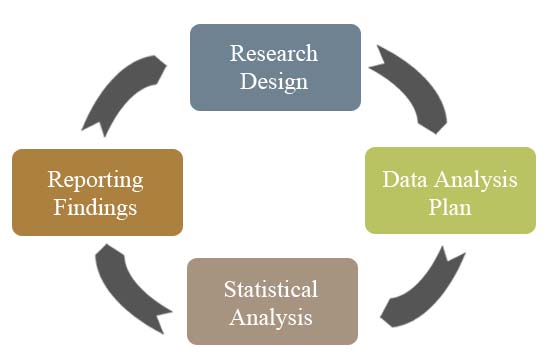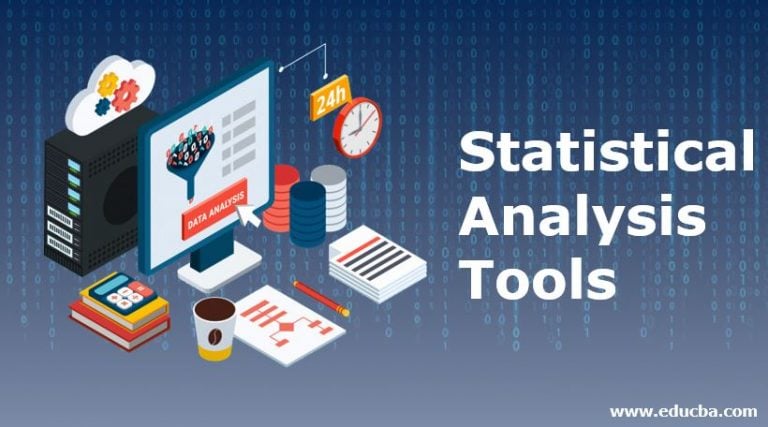

For example, if you think you may be interested in differences by age, the first thing to do is probably to group your data in age categories, perhaps ten- or five-year chunks. The starting point is usually to group the raw data into categories, and/or to visualise it. The first thing to do with any data is to summarise it, which means to present it in a way that best tells the story. Summarising Data: Grouping and Visualising This page provides a brief summary of some of the most common techniques for summarising your data, and explains when you would use each one.

There is a wide range of possible techniques that you can use. It’s now time to carry out some statistical analysis to make sense of, and draw some inferences from, your data. Once you have collected quantitative data, you will have a lot of numbers.



 0 kommentar(er)
0 kommentar(er)
